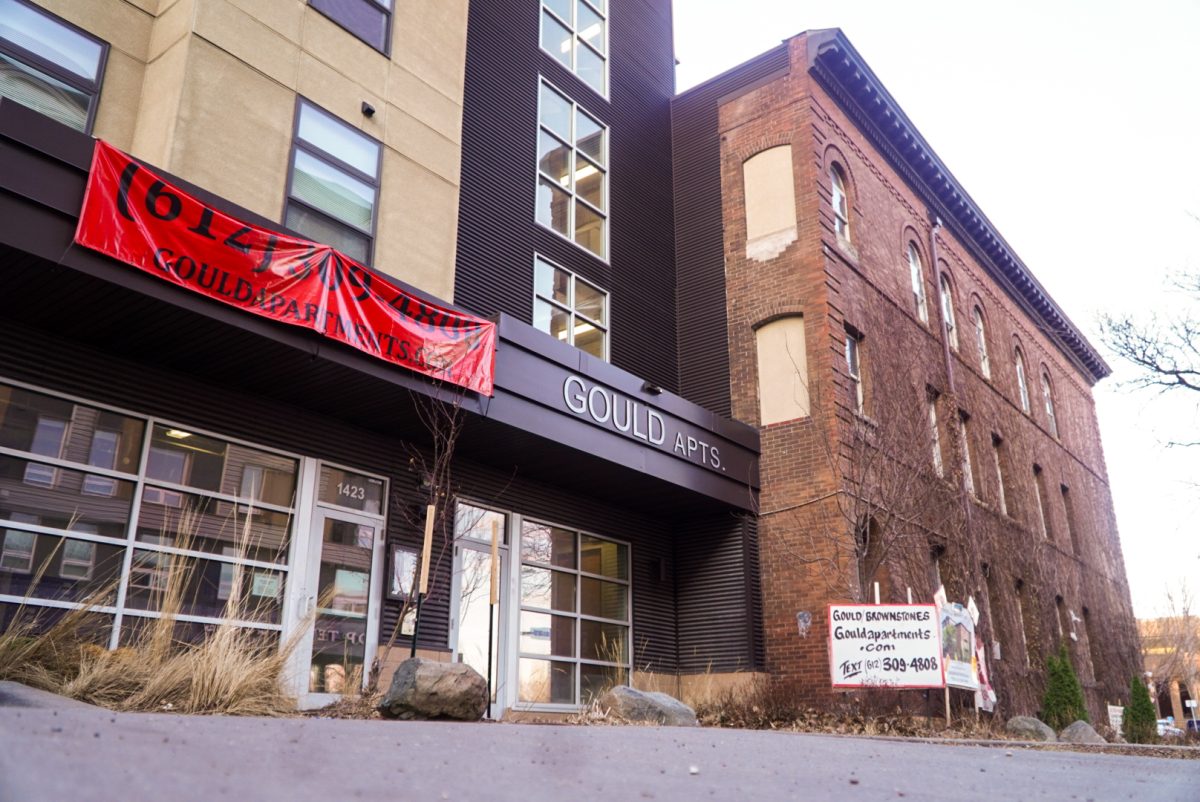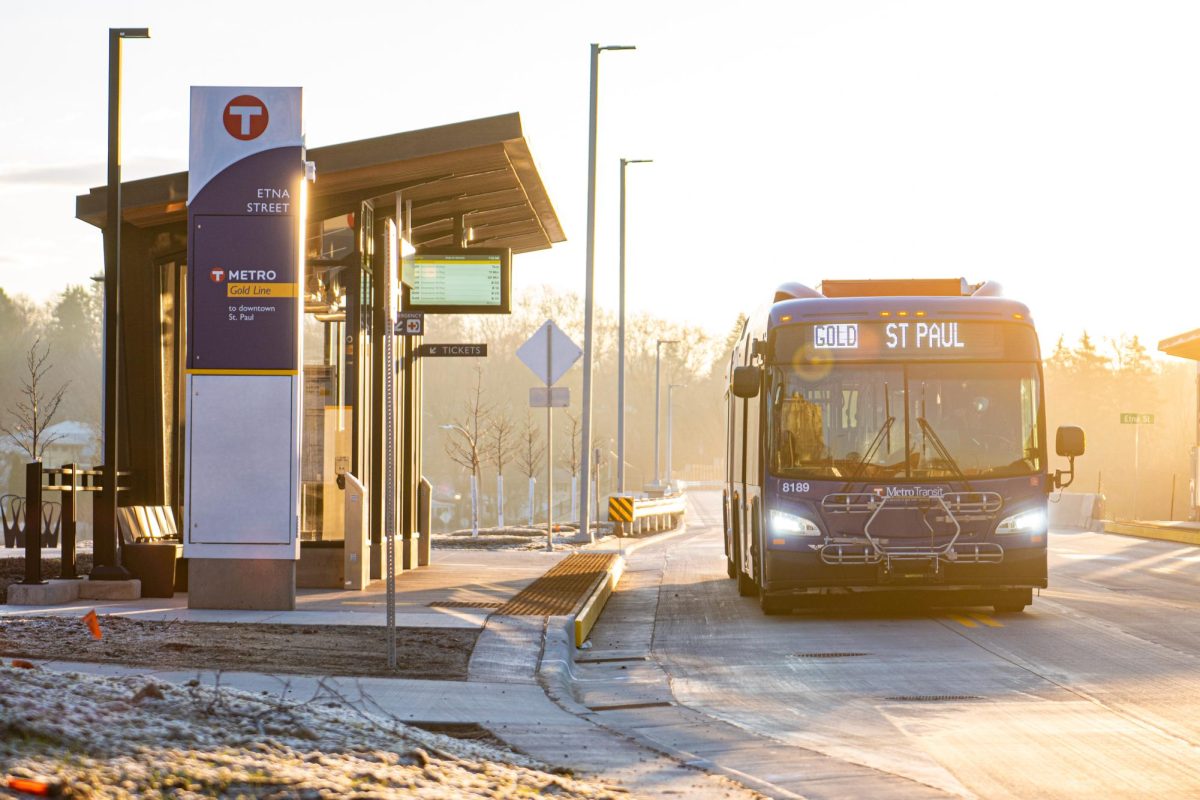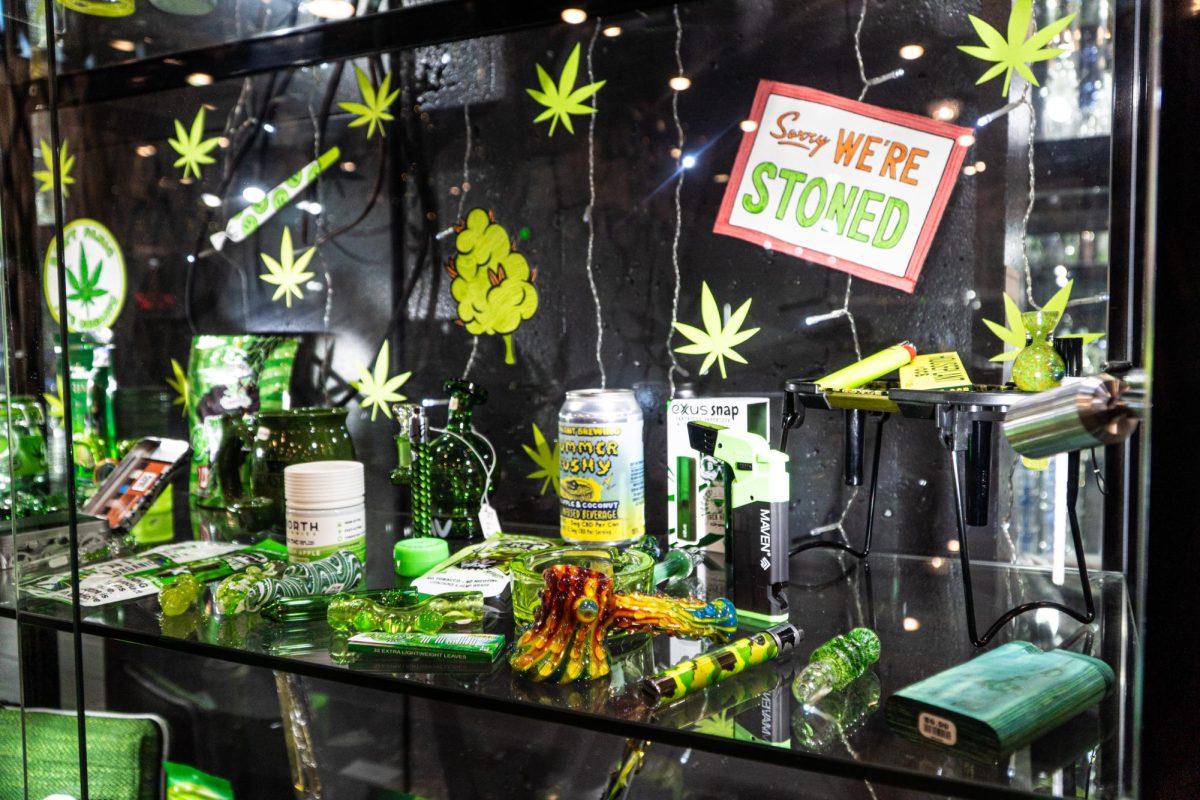In the last year, religious bias caused the highest number of University of Minnesota bias incidents, according to a new report.
The University Bias Response and Referral Network, a team of faculty, staff and administrators, released its first-ever annual report in May. The report compiled information on all bias reports in the past year, including the details on incidents and recommendations for the future.
“We really hope to be a valuable resource for students and employees at the University and I think as we’ve seen more reports come in, we feel like we are satisfying that,” said Kendra Okposo, a staff lead at BRRN.
From February 2016 to February 2017, 76 bias incidents were reported to the office, ranging from verbal harassment to vandalism. Over the course of the year, the office saw an increase in reported incidents — including 22 incidents reported in February 2017, 12 more incidents than any other month.
Okposo said they expected to see a bump in reports as the group became more well-known on campus.
The report also cited a tumultuous political election and actions of President Donald Trump as possible explanations for the uptick in incidents late in 2016.
Of the 22 incidents in February, nine were identified as anti-Semitic, including a swastika and concentration camp drawn on a Jewish University student’s whiteboard in Pioneer Hall.
Across the year’s 76 bias incidents, 25 were based on religion — the highest of any type — along with 16 racially charged incidents and 15 gender-related incidents.
Benjie Kaplan, executive director of Jewish student group Minnesota Hillel, said the incidents spawned a mix of emotions in the student body.
“The biggest thing that students were feeling was disbelief that in today’s day and age, these things still happen,” Kaplan said.
The report also made suggestions for combatting bias on campus, including bias training.
BRRN was formed by University President Eric Kaler in 2016.The team’s members come from 13 different University departments, including the Office for Student Affairs and the Office for Equity and Diversity.
“BRNN … brings in so many different people from around the campus into one group,” Okposo said. “I think that’s really unique and I think that’s really necessary if we are going to change campus climate.”







